Menu
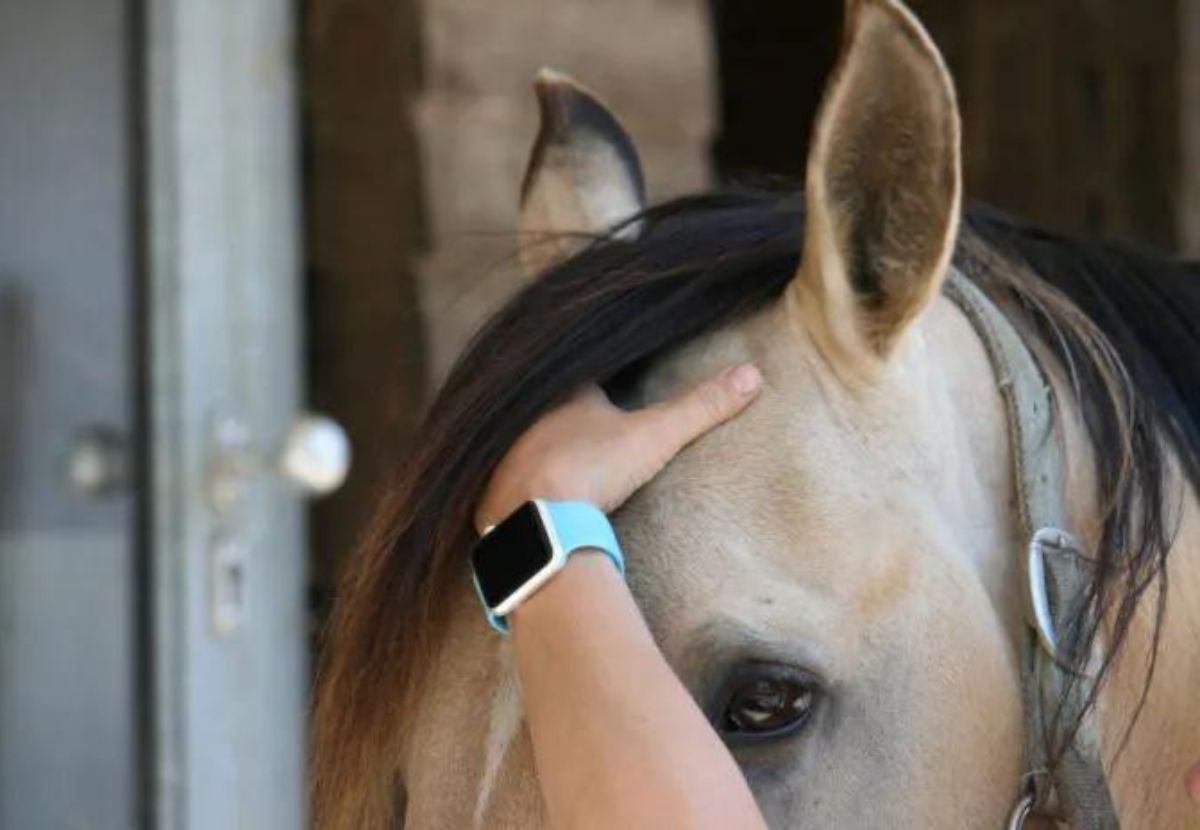
Craniosacral therapy has become a widespread and frequently used therapy for horses. This therapy form is recognized for its relaxing effects on all horses, and its gentle nature makes it suitable even for highly sensitive horses, who might otherwise experience significant discomfort with other therapy forms.
Although the techniques in craniosacral therapy may appear minimal, they are indeed quite profound and can be effective even in cases of severe tension.
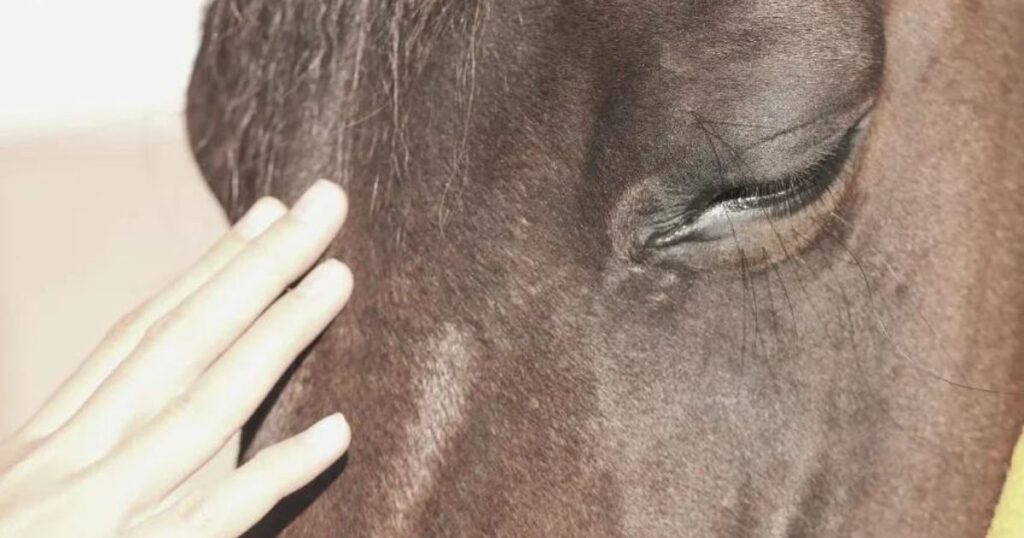
Within craniosacral therapy, there are three primary branches:
craniosacral therapy is not necessarily the same when performed by different practitioners. Some therapists specialize in one approach, while others may combine them or integrate CST with other forms of therapy.
Read also: Exercises that will strengthen your horse's abdomen
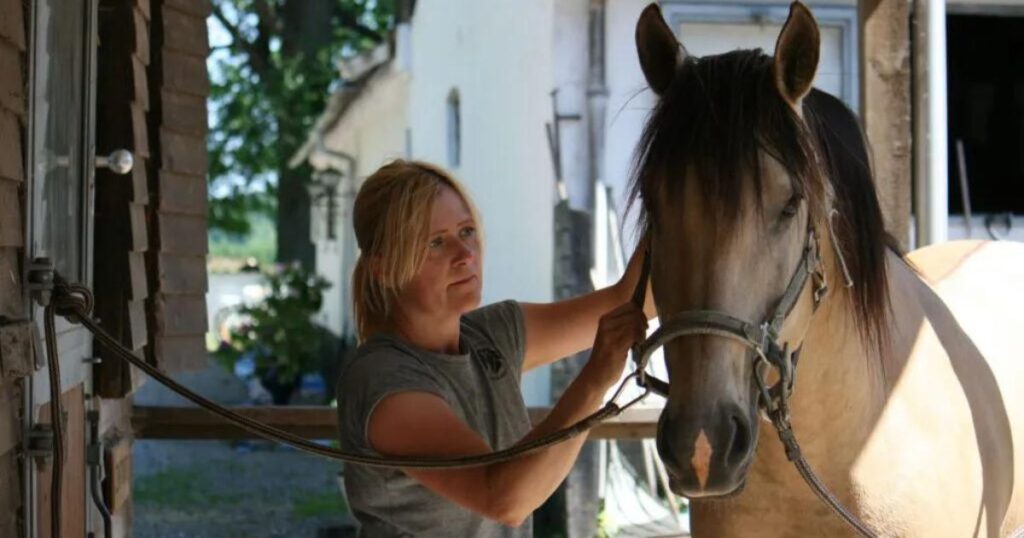
Regardless of the approach, the foundation of all branches of CST is the movement between the skull and the horse's sacrum (the "sacrum" in Latin, hence the name "Craniosacral Therapy"). The therapy is aimed at addressing the movement and balance between the skull and the sacrum.
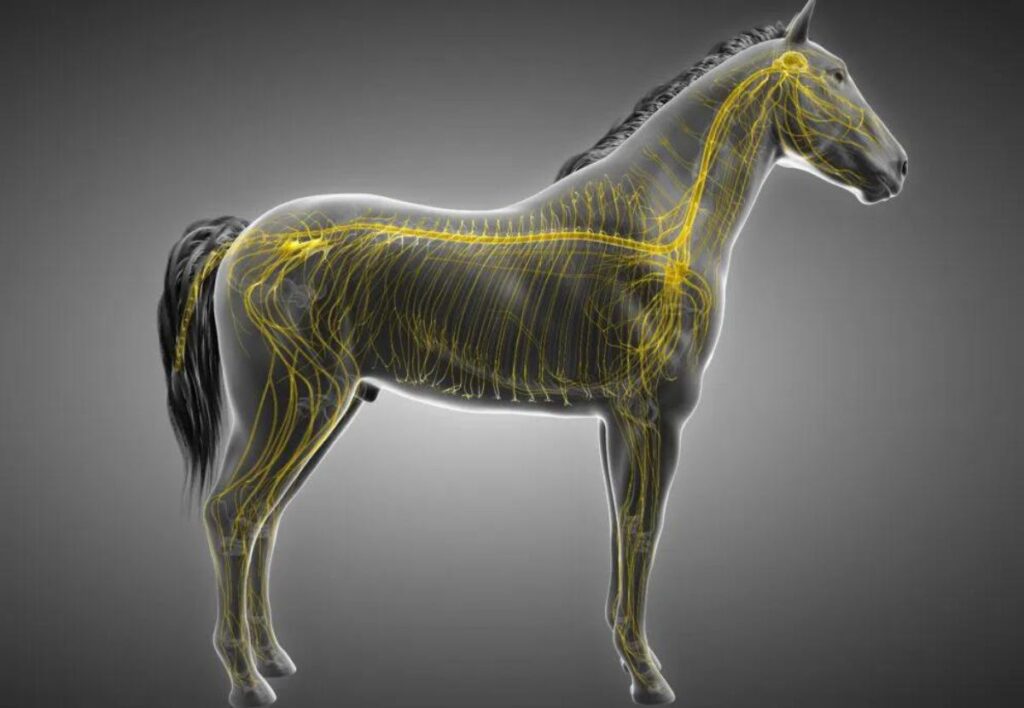
Some therapists specialize in one of these approaches, while others may combine them or integrate craniosacral therapy with other forms of therapy. Each of these branches shares the common goal of addressing imbalances in the body, but they differ in their methods and underlying philosophies.
Read also: Exercises that will strengthen your horse's hindquarters
When a horse therapist practices craniosacral therapy, horse owners might be tempted to ask questions like, "Are you actually doing anything?" or "Shouldn't you be starting?" or "You're barely touching it, aren't you?" This reaction is understandable given the nature of craniosacral therapy, which involves only gentle touch.
The impact of craniosacral therapy is indeed based on very gentle contact. The subtle pressures and pulls applied by the therapist are so slight that the therapist's finger movements may be almost imperceptible. A significant part of the mechanism of action in craniosacral therapy is activated by maintaining contact with specific anatomical structures until the tissue responds. This process can take anything from a few seconds to several minutes.
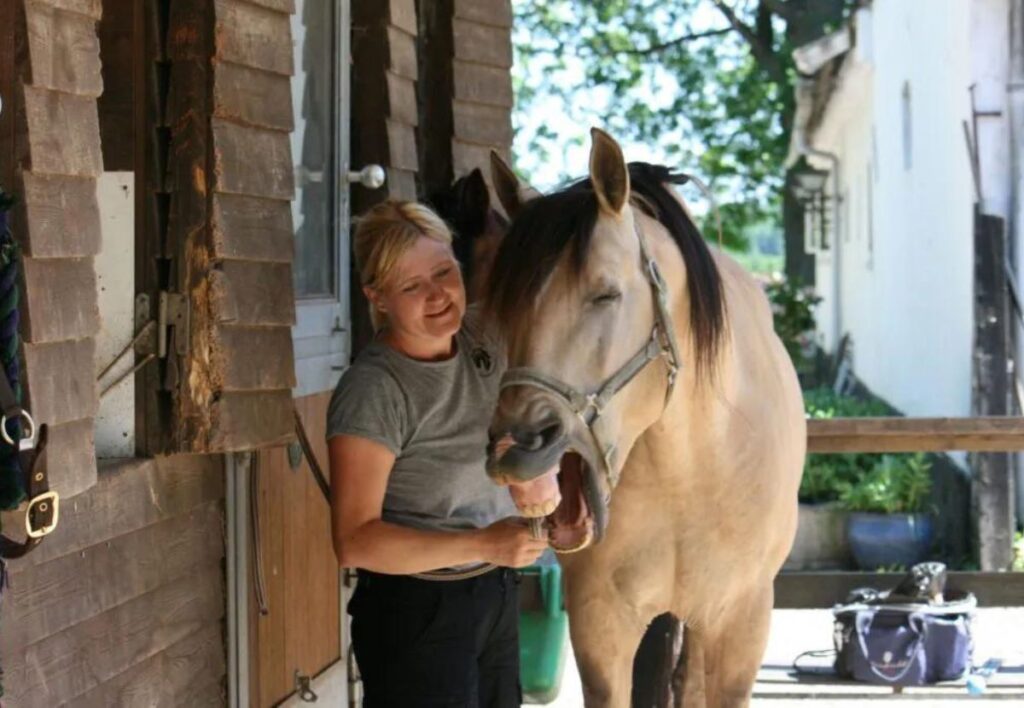
When the horse's body responds with relaxation during craniosacral therapy, the horse typically exhibits behaviors such as smacking its lips, yawning, shaking its head, or perhaps showing brief signs of discomfort before relaxing completely. All these responses are the body's way of indicating that the parasympathetic nervous system is being stimulated, and that relaxation is occurring in the body. Thus, by observing the horse's behavior, it is possible to see that tensions are being released and that the techniques are effective.
Craniosacral therapy was developed as a part of osteopathy, and as such, the technique is intended to be used in conjunction with other techniques such as massage, joint mobilization, and various fascia techniques.
In some cases, craniosacral therapy may be the exact right approach for a particular horse, and there may be no need to supplement it with anything else. However, in other instances, it might not be the effective approach for an individual horse. For most horses, a combination of craniosacral therapy and other techniques tends to be the optimal solution.
Read also: Exercises that will strengthen your horse's forequarters
Craniosacral therapy should not be performed on pregnant mares. Additionally, if a horse is in any way ill, injured, or medicated, it is always advisable to consult with the horse's veterinarian before beginning craniosacral therapy.
Sources
Kraniosakrale Terapie bei Pferde af Salomon & Salomon
Lærebog i Kranio Sakral Terapi af Stanley Rosenberg
Kraniosakrale Pferdeosteopahie für Tierärtze af Pascal Evrard
Cranio Sacral Therapy af John Upledger
Read also: Equine massage: Why it's beneficial for your horse and how to use it